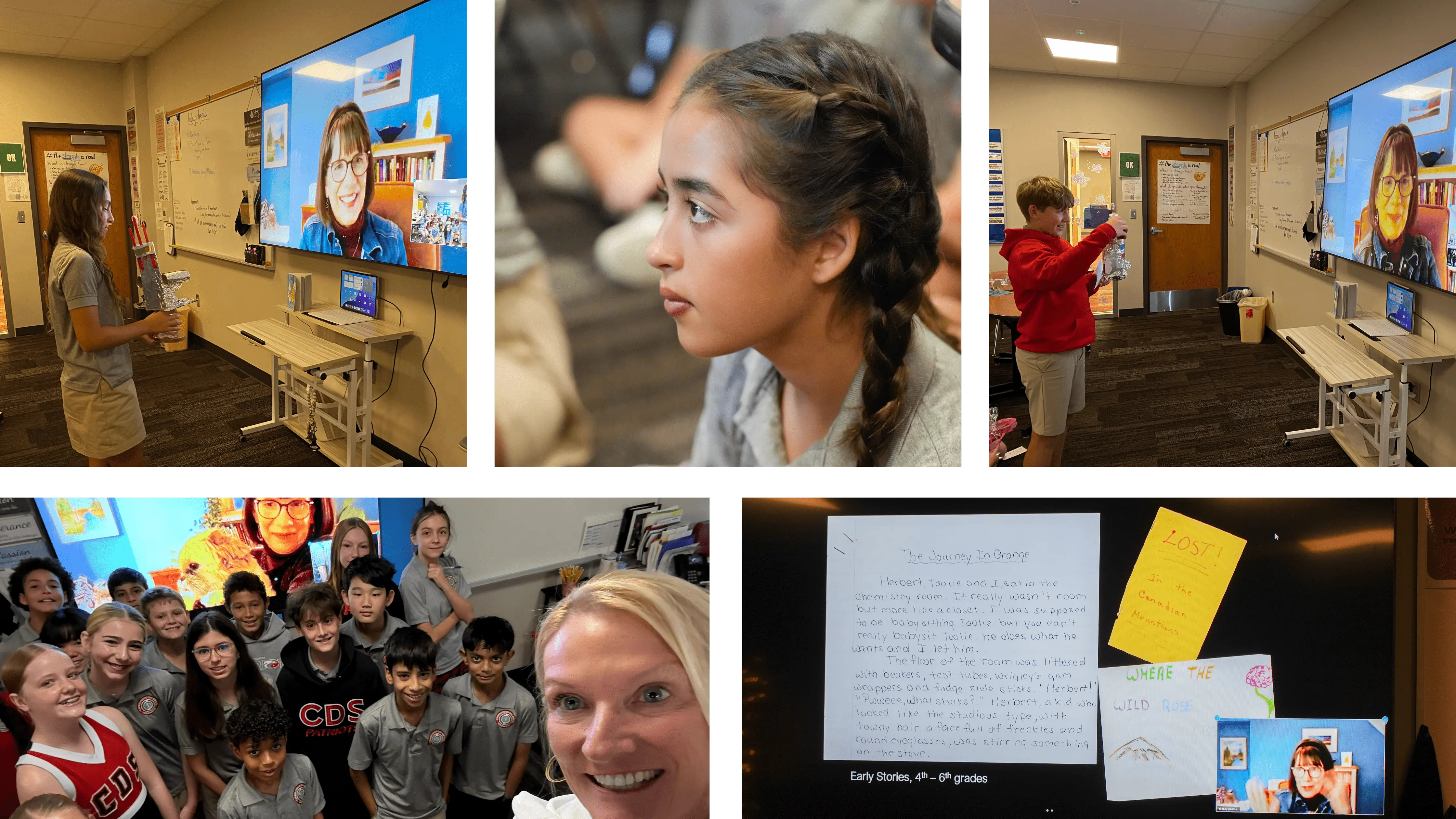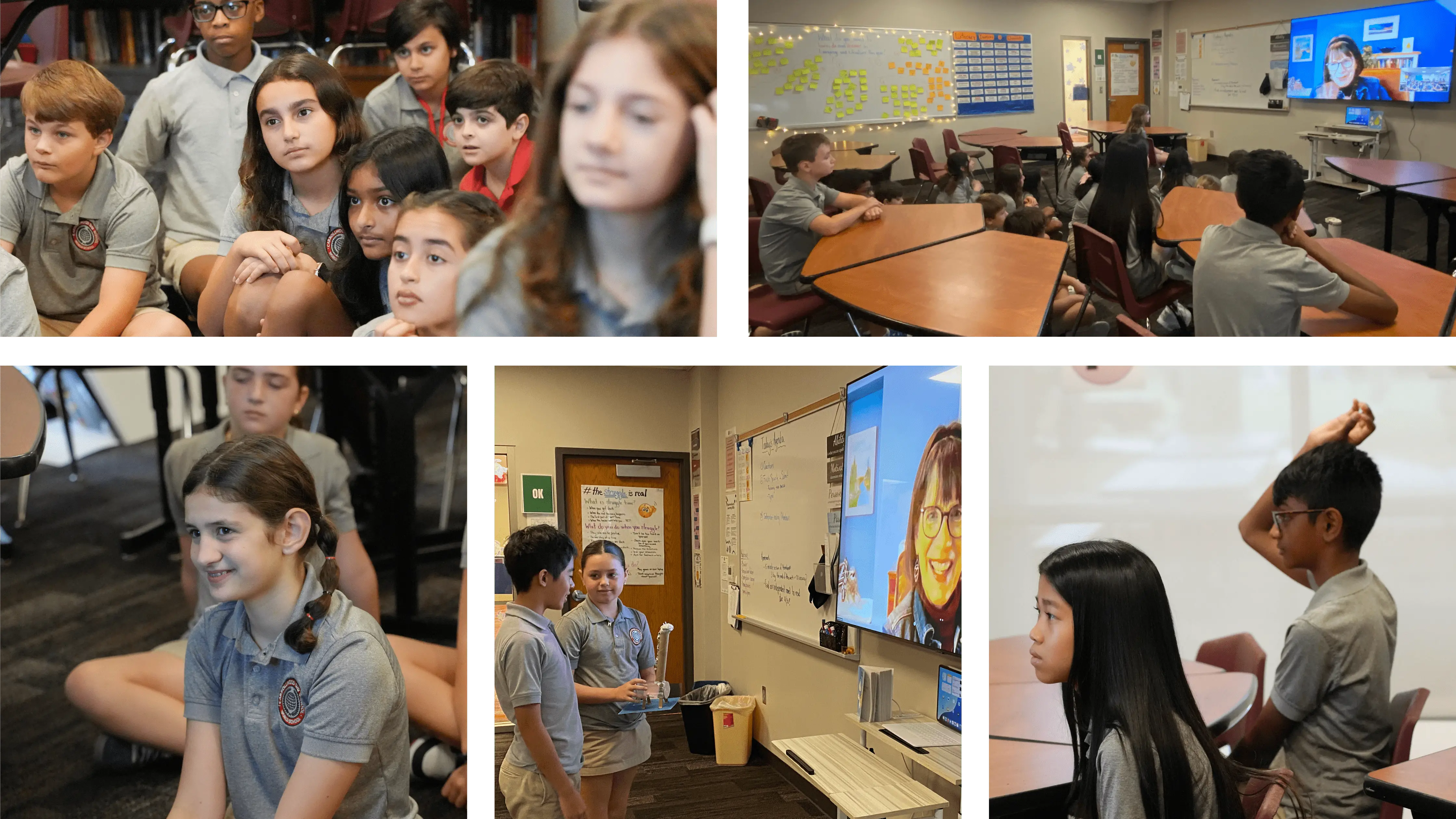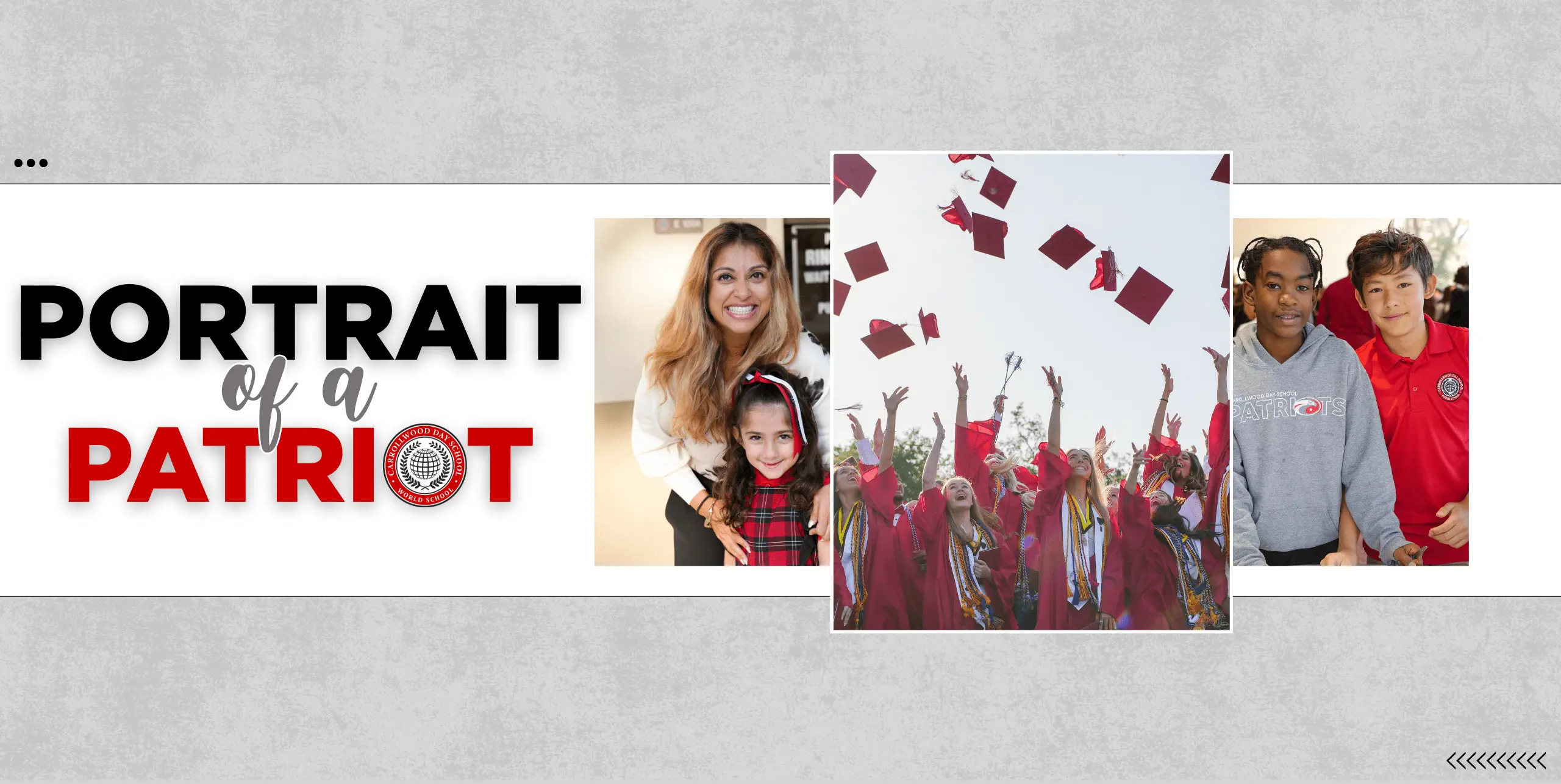From Pages to Possibilities: When Literature Inspires Creative Innovation
From the first pages of a summer reading assignment, to final touches made to their upcycled creations, our sixth graders discovered how stories can inspire imagination in unexpected ways. By connecting literature with hands-on creativity, they explored curiosity, reflection, and the power of turning ideas into something tangible.

Every new school year at Carrollwood Day School begins with a spark. Faculty ignite a curiosity in our students and set the tone for the months ahead. For our sixth graders, that spark began with their summer reading selection, Shelley Pearsall’s novel The Seventh Most Important Thing. The story of a boy who discovers how “trash can be turned into beauty” became more than just a piece of fiction. It became the inspiration for a project that bridged Language and Literature with Design Technology and brought the IB learner profile traits to life. Students carried the story from the pages of a novel, to sharing the creations they made in Design Technology with Shelley Pearsall herself on a Zoom call from her home in Scotland.
In Language and Literature, students read closely, taking notes on key themes and reflecting on the learner profile traits they saw in the characters: risk-takers willing to try again, thinkers making sense of complex choices, and communicators learning to share their truths. Together, they unpacked how fictional characters can embody the same values we strive to nurture in our classrooms. As they prepared questions for the author visit, students began to see connections between the creative process of writing and the mindset needed to approach their own learning.
When Ms. Pearsall joined each class over Zoom, those connections deepened. She shared her journey as a writer, along with the sting of early rejection, her “leaning tower” of drafts, her self-described “sloth” writing style, and the inspiration that fueled her stories. She reminded students that vision is essential, quoting, “Where there is no vision, the people perish.” Most of all, she showed them how even a bad sentence can transform into something beautiful with enough perseverance. For our students, her words were a living example of being reflective, embracing mistakes, revising, and growing.
In Design Technology, those ideas took shape. Students were challenged to design treasures inspired by the book, but with a twist: every creation had to be built entirely from upcycled materials. Armed with cardboard, cans, bottles, mirrors, foil, and a fictional budget, they wrote design briefs, sketched possibilities, and debated the pros and cons of each plan. Then, piece by piece, they transformed scraps into striking works of art.
Just like Pearsall’s character discovered meaning in unexpected places, our students learned that creativity often thrives under constraint. They adapted when plans went sideways, documented their process with honesty, and reflected on how their finished projects compared to their original vision. They walked away not just with art pieces, but with a stronger understanding of what it means to be principled, balanced, and open-minded learners.
The beauty of this project lies in how it wove together different parts of the curriculum. A novel sparked deep discussions about values and character. A design challenge invited students to apply those same ideas in tangible ways. Meeting the author added another layer of inspiration, showing that the journey of a writer is not so different from that of a student. full of drafts, revisions, and breakthroughs.
For our sixth graders, the lesson went far beyond the page or the classroom: vision, resilience, and creativity can turn even the most ordinary materials and moments into something extraordinary.

